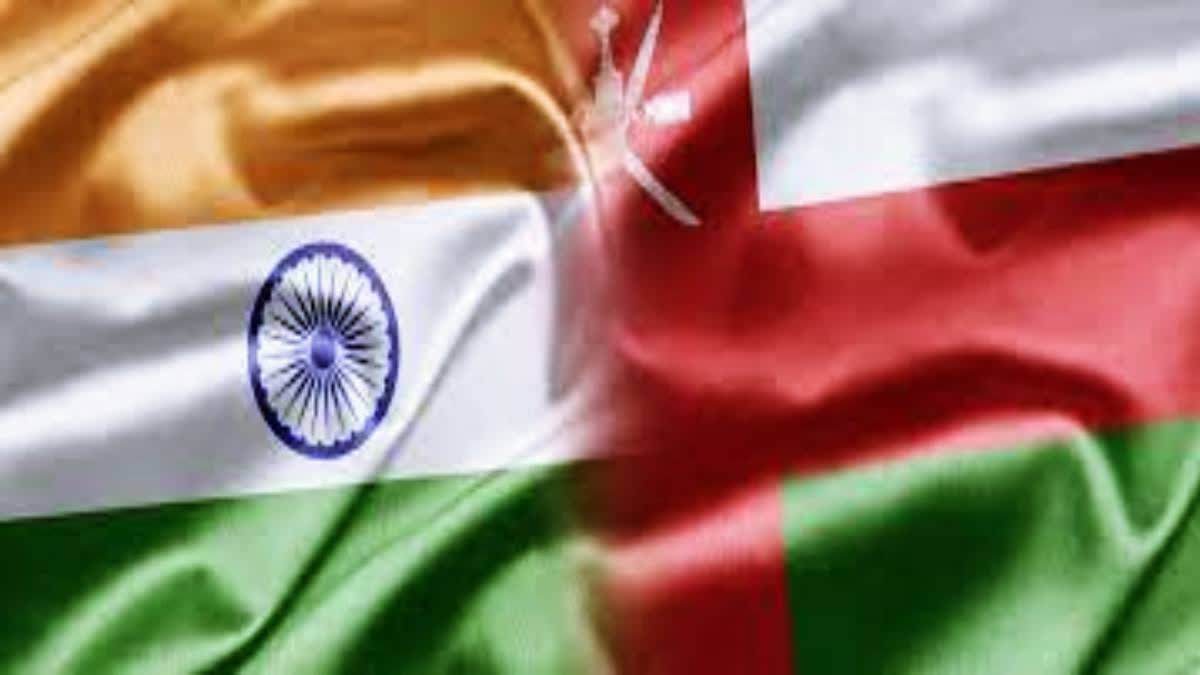New Delhi: The negotiations for the proposed free trade agreement (FTA) between India and Oman are moving at a fast pace and the pact is likely to be signed next month, a senior government official said. Export sectors which could get a boost from the agreement include motor gasoline, iron and steel products, electronics, machinery, textiles, plastics, boneless meat, essential oils, and motor cars.
According to a report of think-tank GTRI, these goods at present face a 5 per cent import duty in Oman. About 16.5 per cent of Indian exports to Oman, worth about USD 800 million and goods such as wheat, medicines, basmati rice, tea, coffee and fish that already have duty-free access, will not see additional benefits from the agreement, it added.
Currently, over 80 per cent of its goods enter Oman at an average of 5 per cent import duties, the report has said. Oman's import duty ranges from 0 to 100 per cent along with the existence of specific duties. A duty of 100 per cent is applicable on specific meats, wines and tobacco products. Officials of the two countries concluded the second round of talks for the pact, officially dubbed as Comprehensive Economic Partnership Agreement (CEPA) earlier this month in Muscat.
"With Oman, there is a very good progress and both sides are very eager to conclude this deal. It may be signed in January 2024," the official said. India has potential for export of products such as light oils and preparations of petroleum and bituminous minerals, medicaments, parts and accessories for motor vehicles, iron ores and concentrates, ferrous products obtained by direct reduction of iron ore, and aluminium. The negotiations on the text of most of the chapters have been concluded by both sides.
Oman is India's third-largest export destination among the Gulf Cooperation Council (GCC) countries. India already has a similar agreement with another GCC member UAE, which came into effect in May 2022. On the imports front, India's merchandise imports from Oman were USD 7.9 billion in 2022-23. Key imports are petroleum products (USD 4.6 billion) and urea (USD 1.2 billion). These account for 73 per cent of imports.
Other key products are propylene and ethylene polymers, pet coke, gypsum, chemicals, and iron and steel. GTRI's report has stated that Oman's products, particularly in sectors like oil and gas, petrochemicals, and certain types of manufactured goods, will find a more receptive market in India, post-implementation of the trade agreement.
On the services side, it added that, in 2022, India's service exports to Oman were worth about USD 2.8 billion, while its imports were USD 0.2 billion. "Oman's population is about 5 million. Oman's higher per capita income (USD 25,060) compared to India's (USD 2,370) could mean a demand for more diversified and possibly higher-value goods and services in Oman, which India could aim to supply," GTRI Co-Founder Ajay Srivastava has said.
The bilateral trade stood at USD 12.39 billion in 2022-23. India's exports have increased from USD 2.25 billion in 2018-19 to USD 4.48 billion in 2022-23. Imports from the Gulf nation were USD 8 billion in the last fiscal. In such agreements, two trading partners either significantly reduce or eliminate customs duties on a maximum number of goods traded between them. They also ease norms to promote trade in services and attract investments.
Experts have stated that beyond the immediate economic benefits, the CEPA holds considerable strategic importance for India. It serves as a gateway for India to strengthen its footprint in Middle Eastern economies. This partnership with Oman can act as a catalyst, enhancing India's geopolitical presence and fostering deeper ties with other Middle Eastern countries.
Commenting on the proposed pact, international trade expert and Hi-Tech Gears Chairman Deep Kapuria said this would further help India in consolidating its market access not only in Oman but also enable Indian companies to access the wider Middle East region. This government has earlier inked trade agreements with Australia, UAE and Mauritius.



